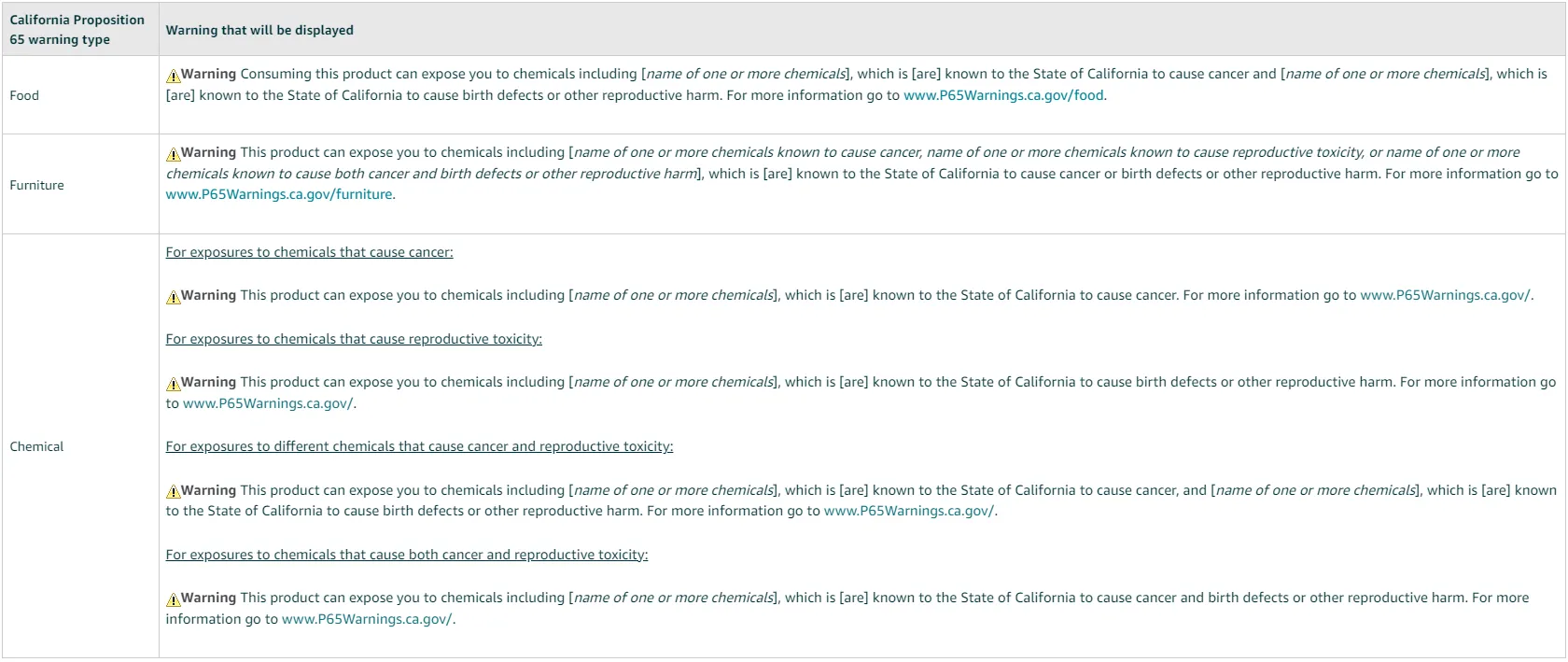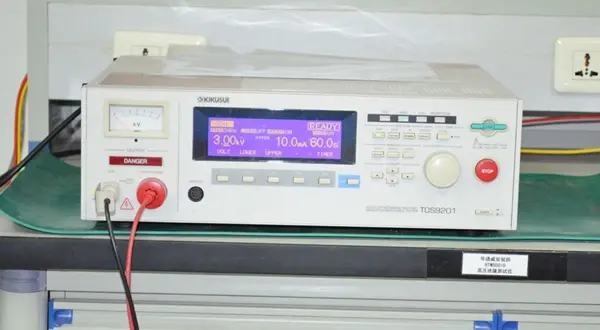
EN 71-1 Toy Safety Testing
To ensure the safety of children's toys, the EN 71 series of standards has been established. This series includes EN 71-1, which specifies mechanical and physical testing methods.
Standard Description
EN 71-1 Safety of Toys — Part 1: Mechanical and Physical Properties
EN 71-1 covers the following aspects:

Mechanical and Physical Characteristics:
EN 71-1 outlines requirements for the mechanical and physical properties of toys to ensure they do not pose any hazards during normal or foreseeable use by children. This includes requirements related to material strength and structural integrity, as well as the corresponding testing methods.
Age Appropriateness:
The standard provides guidance on age labeling for toys. This is crucial to ensure toys are suitable for the intended age group, as younger children may have different safety needs than older ones.
Small Parts:
EN 71-1 includes requirements concerning small parts that coULd pose a choking hazard to young children. The standard specifies size limitations and testing methods to determine whether a toy contains small parts.
Sharp Points and Edges:
The standard outlines requirements for toys to ensure they do not have sharp points or edges that could cause injuries.
Toys with Cords, Straps, or Elastic Bands:
For toys equipped with cords, straps, or elastic bands, EN 71-1 includes requirements aimed at minimizing risks of strangulation or entanglement.
Hygiene:
The standard addresses hygiene requirements to ensure toys do not pose health risks to children.
Objective
To conduct testing on toys in accordance with EN 71-1.
The requirements of this standard vary depending on the toy’s intended age group and type.
These requirements primarily focus on the toy's physical properties, such as:
- Sharp edges
- Pointed tips
- Small parts that could lodge in the throat
Additional risks consideRED include:
- Pinch hazards
- Tipping hazards
- Load-bearing capacity
The standard also includes information required at the time of purchase, such as:
- Assembly instructions
- Safety warnings
Additional Testing and Analysis
In addition to EN 71-1, toys are also tested in accordance with:
- EN 71-2: Safety of Toys — Part 2: Flammability
- en 71-3: Safety of Toys — Part 3: Migration of Certain Elements
Email:hello@jjrlab.com
Write your message here and send it to us
 What Are the Battery Compliance Test Reports?
What Are the Battery Compliance Test Reports?
 Christmas Children’s Products EU & US Complian
Christmas Children’s Products EU & US Complian
 Food Packaging Material Testing
Food Packaging Material Testing
 Cosmetic Product Safety Report
Cosmetic Product Safety Report
 What is Prop 65 Warning?
What is Prop 65 Warning?
 Does RoHS Apply to Packaging?
Does RoHS Apply to Packaging?
 How to Get RoHS Compliance?
How to Get RoHS Compliance?
 How to get EN 62368-1 Test Report
How to get EN 62368-1 Test Report
Leave us a message
24-hour online customer service at any time to respond, so that you worry!




